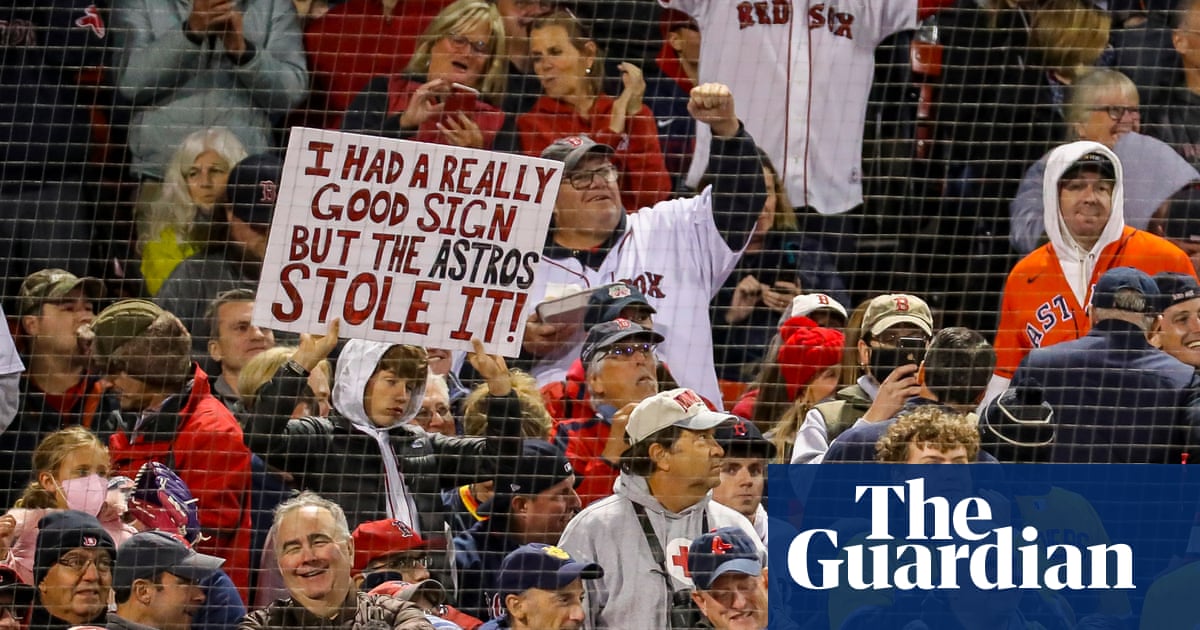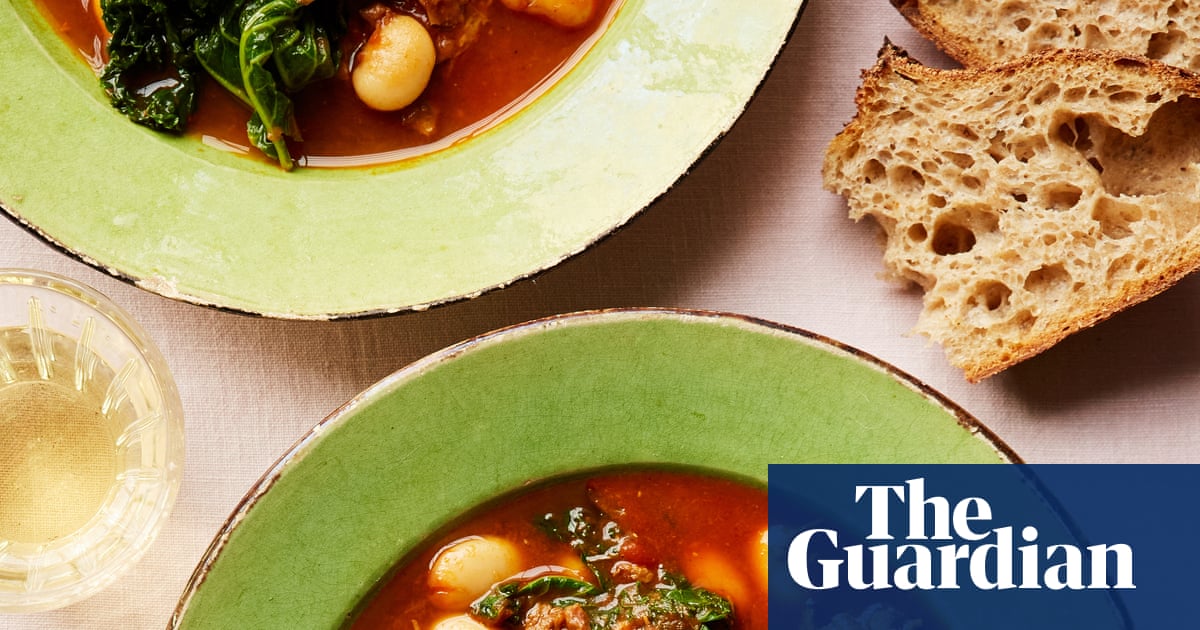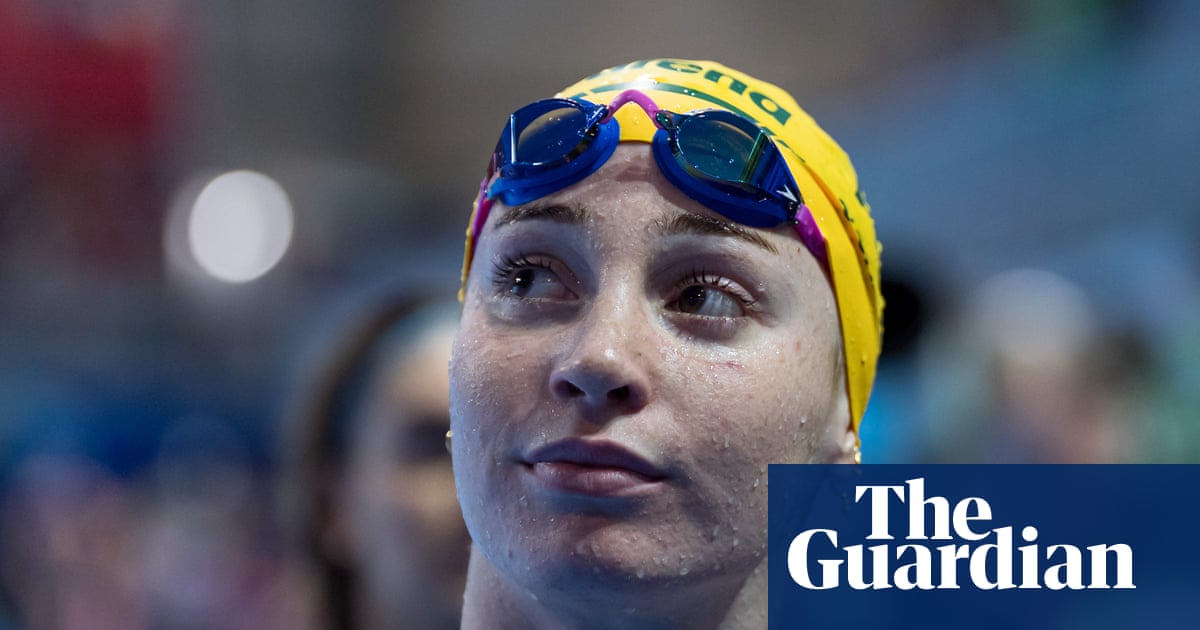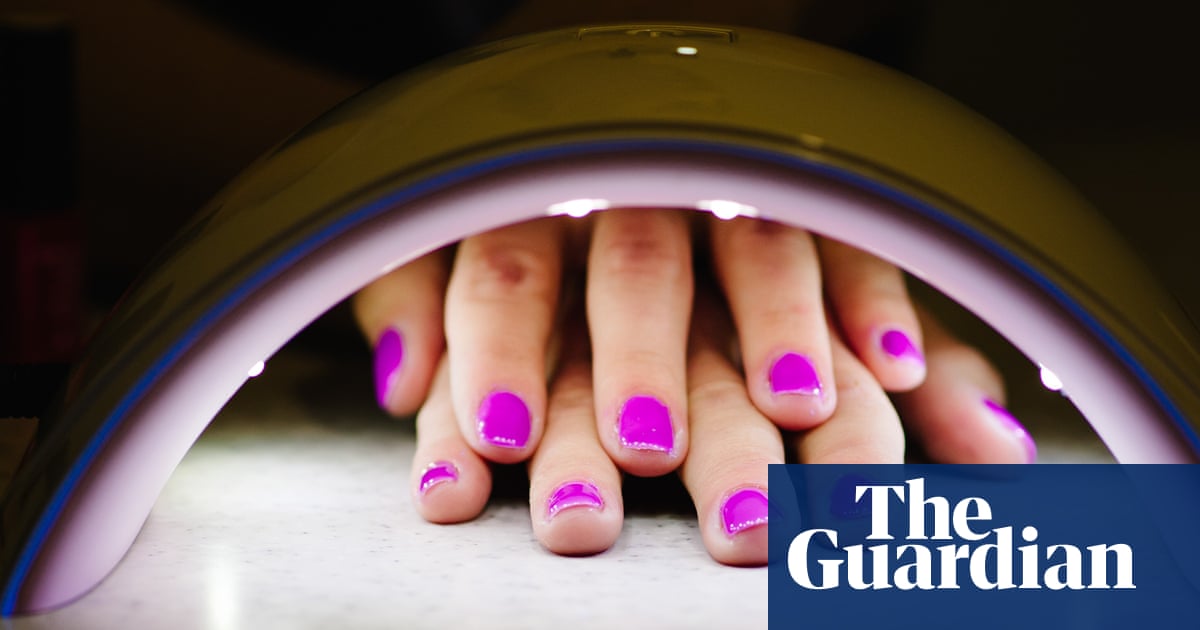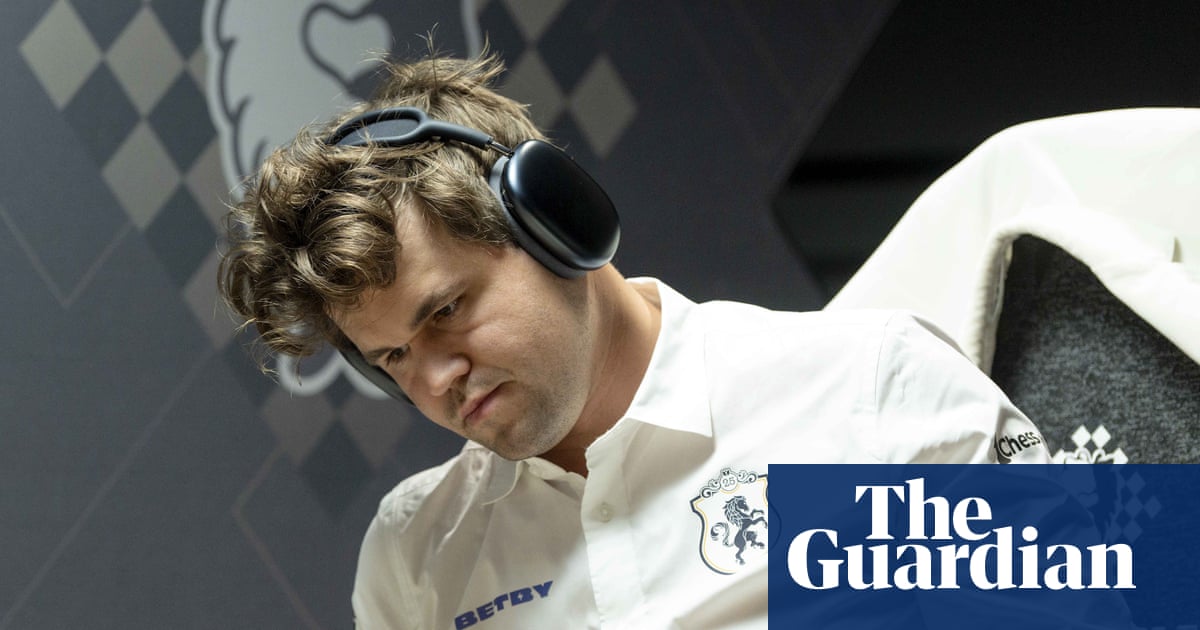Ingesting less than three sugar cubes worth of plastic is enough to kill a puffin, a new study has found.
Scientists measured how much different kinds of plastic seabirds, sea turtles and marine mammals have to ingest to have a 90% risk of it killing them, in the study published in the Proceedings of the National Academy of Sciences.
The scientists, working for Ocean Conservancy, found that a relatively small amount of plastic was enough to kill a variety of marine animals. It is the most comprehensive study yet to quantify the extent to which a range of plastic, from soft, flexible types such as bags and food wrappers, to hard plastics ranging from fragments to whole items such as beverage bottles, result in the death of creatures that ingest them.
“We’ve long known that ocean creatures of all shapes and sizes are eating plastics; what we set out to understand was how much is too much,” said Dr Erin Murphy, Ocean Conservancy’s manager of ocean plastics research and lead author of the study. “The lethal dose varies based on the species, the animal’s size and the type of plastic it’s consuming, but overall it’s much smaller than you may might think, which is troubling when you consider that more than a garbage truck’s worth of plastics enters the ocean every minute.”
Loggerhead sea turtles have a 90% chance of death after consuming just two baseballs’ worth of plastics, and about a football’s worth of plastics can kill marine mammals such as harbour porpoises. Animals often accidentally ingest plastic when hunting for food; for example, floating plastic bags resemble the jellyfish sea turtles like to eat.
after newsletter promotion
Even smaller amounts of plastic result in a 50% chance of death, with less than one sugar cube’s worth giving a 50/50 chance to puffins, and less than half a baseball’s worth of plastics killing one in two loggerhead turtles.
The scientists analysed the results of 10,412 necropsies worldwide where the cause of death and amount of plastic ingested were known. They then looked at the relationship between the plastics in the gut and likelihood of death, modelling total pieces of plastic and volume. They analysed the type of plastic, to see if any particular kind was more lethal to each group of marine creature and found that rubber and hard plastics are particularlydeadly for seabirds, soft and hard plastics for sea turtles, and soft plastics and fishing gear for marine mammals.
They found that nearly half (47%) of all sea turtles, a third (35%) of seabirds, and 12% of marine mammals had plastics in their digestive tracts when they died.
Scientists say that in order to end the plastics crisis in oceans, and prevent many more sea creatures from dying, governments need to take action to ensure plastics production is reduced, as well as improving waste collection and recycling.
“We are thrilled to have this new research quantifying the impact of plastic pollution on wildlife,” said Ocean Conservancy’s director of plastics policy Dr Anja Brandon. “While there is no single solution to this issue, these hard numbers reaffirm that our work addressing particularly problematic items like balloons and plastic bags are truly meaningful. In the fight to protect our marine wildlife, every policy and every individual action matters.”

 12 hours ago
6
12 hours ago
6




